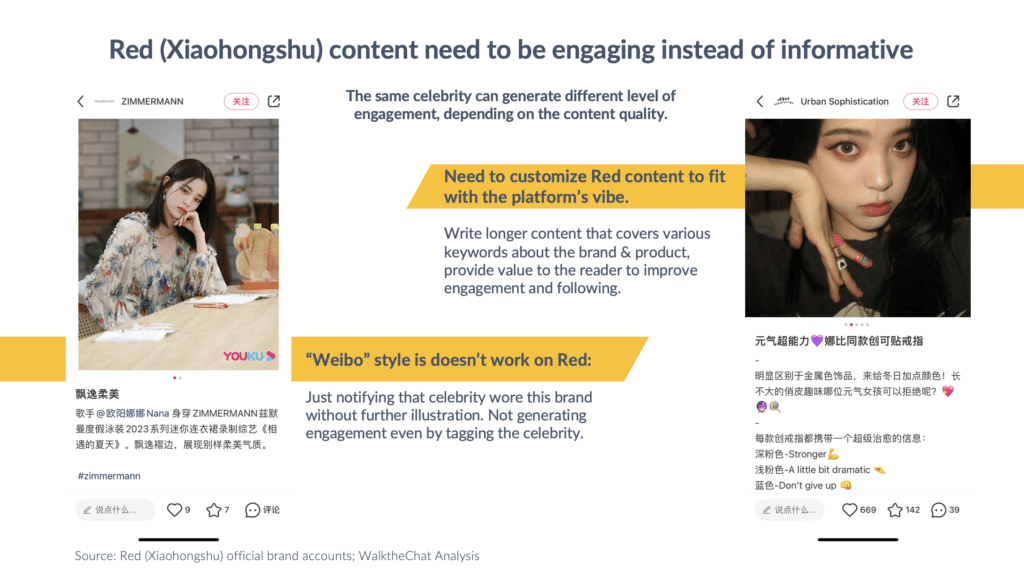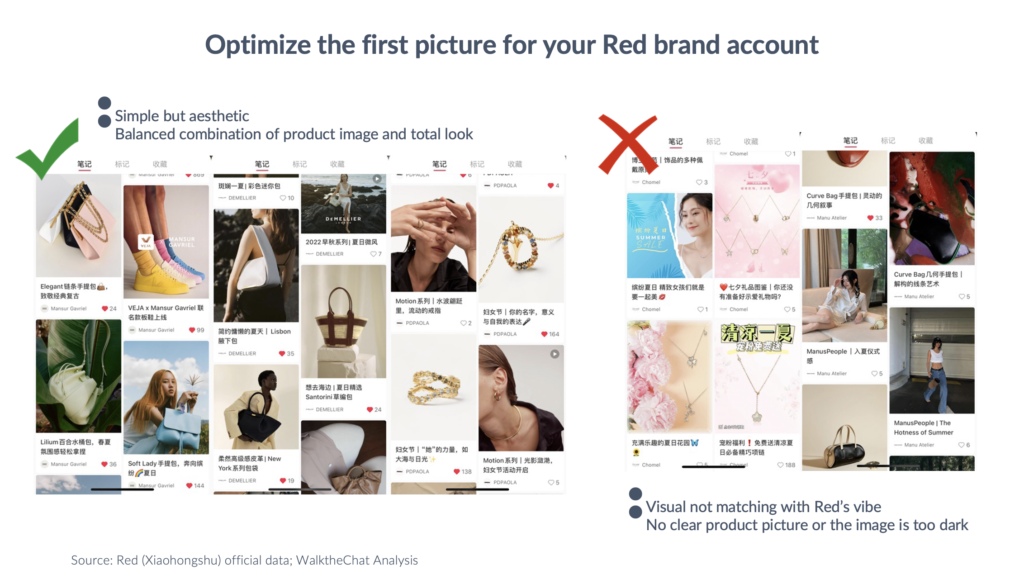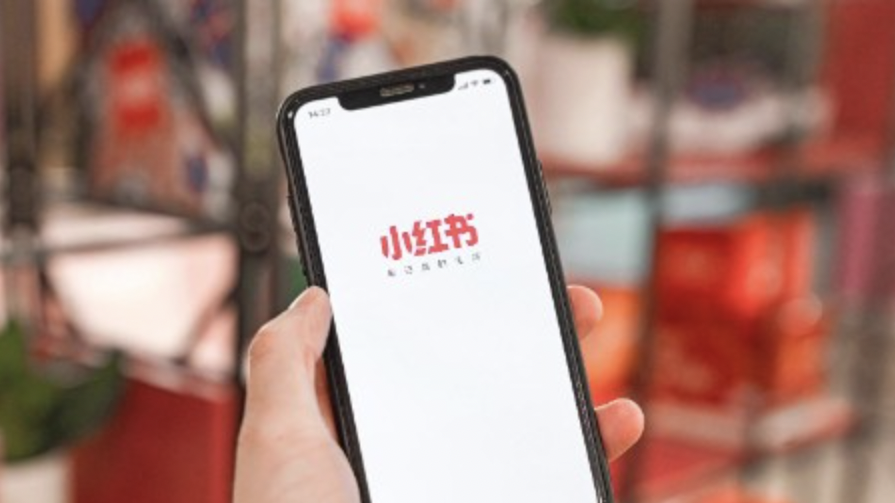Red (Xiaohongshu) has become a must-do for domestic and international brands operating in China. However, treating your Red content the same way as Weibo content will not work. So how to plan your Red (Xiaohongshu) content marketing strategy to generate real engagement and followings instead of just talking to yourself?
This article will give four practical tips to optimize your Red account operation.
Let’s start by understanding how the Red (Xiaohongshu) algorithm works. Red’s recommendation algorithm has a scoring system that measures users’ engagement data during the first few hours after publication and decides if push this content to a bigger traffic pool. The actions by order of importance are: follow > comment > collect (bookmark as favorite) > like.
Therefore, Red content needs to deliver value (for example, outfit ideas, new trends for this Fall/Winter season, basically giving a reason to follow your account) to be featured and attract a follower base. The classical didactic or informative editorial line will not generate engagement. For example, 69% of Red users are young people born after the 1990s: they don’t need to be “educated” or “informed.” Instead, they are looking for equal communication, practical information, and genuine sharing that can bring value.

1. Write longer content with SEO mindset
The red system will extract keywords from your content, such as topics, geographic location, key phrases that appeared several times, etc., and push the content to users who might be interested, according to their actions on the platform. Therefore, brands need to write content with an SEO mindset. It’s wise to mention the key phrases several times throughout the article so the system can better detect your intention. Still, we need to keep it as natural as possible so the content won’t look too commercial.
How long should a post be?
It’s wise to write longer content (no more than 1,000 words) than just a few lines. The longer your article is, the more probable you will cover more valuable keywords so that the system can extract them more accurately. Even some celebrity content with short texts (which could work well on Weibo) may not work on Red, as the example shown earlier.
What kind of keywords should I cover?
Here are a few different angles to come up with related keywords for your brand:
- scenario or season: daily wear, outdoor ootd (outfit of the day), autumn OL (office lady) look…
- style: Japanese/Korean/French style, elegant, cool girl…
- category: handbag, crossbody bag, tote bag…
- audience: OLs, students, young parents…
- quality or function: premium feeling, classic, minimalistic, photogenic, easy to match…
- trend-related keywords: pick one or two trendy keywords is enough, otherwise the content may sound too “commercial”
- brand-related keywords: keywords related to the brand or brand+product
For niche bag brands, here are more detailed insights that might give you more inspirations.
2. Regular content planning
Maintaining a regular content posting frequency on Red for your followers and for the sake of the system algorithm is crucial.
How often should I post on Red?
Usually, we recommend posting every 3 to 4 days on Red. For new brands, it’s better to start with 12 posts per month to get momentum. But if the resource is limited, you’d rather compromise the posting frequency (for example, reduce to 1 or 2 posts per week) without interrupting the posting rhythm. Irregular posting will harm your brand account in the eye of the algorithm.
Besides, it’s better to use multiple pictures in one Red post as consumers are used to swiping several times, expecting more than just one picture. As a result, creatives might run out faster on Red than on other platforms. So having mid-long-term content planning is crucial.
When should I post on Red?
Generally speaking, Thursday and Friday are when people are more active on Red. As weekends approach, many open Red to search for ideas, activities, restaurant, etc, to plan how to spend the weekends.
During the day, there are also a few peak hours: around noon (lunch break), around 19:00 (off-work commute time), and before going to sleep. Brands can either follow these peak hours or be smart and post a bit ahead of the peak to avoid too much competition.

3. Optimize the first image and title
The first image and title need to capture the user’s attention and will be crucial in improving clicks and CTR.
Usually, pictures in bright colors, with simple but aesthetical visuals, will perform better. Besides, vertical images with a dimension of 4:3 is a better choice than horizontal pictures because visually, they will occupy more space in the feed and therefore has a better chance to grab attention.

As for the title, we recommend keeping it straight to the point within 20 Chinese characters. It’s also wise to include some trendy keywords.
The title and first picture should be connected so that people can instantly know what’s the product. If the content is too uncommon or obscure, users will probably directly swipe away instead of spending time to figure out what it is.
4. Use hashtags
We recommend adding 3-10 hashtags at the end of your post. We can include hashtags about your brand, the product, relevant industry, and recent trendy hashtags related to your business, similar to the selection of keywords.
Besides, Xiaohongshu will regularly summarize and share recent trendy hashtag topics for content creators. Adding hashtags covering different aspects can help the post target users more accurately.
Still want to learn more about Red (Xiaohongshu) marketing? You will find this article useful:
If you have met challenges in your brand’s Xiaohongshu content, engagement, or general marketing strategy, feel free to leave us a message below. We’d be happy to learn more about your context and see how we can help you improve your current performance. Let’s get started now!

